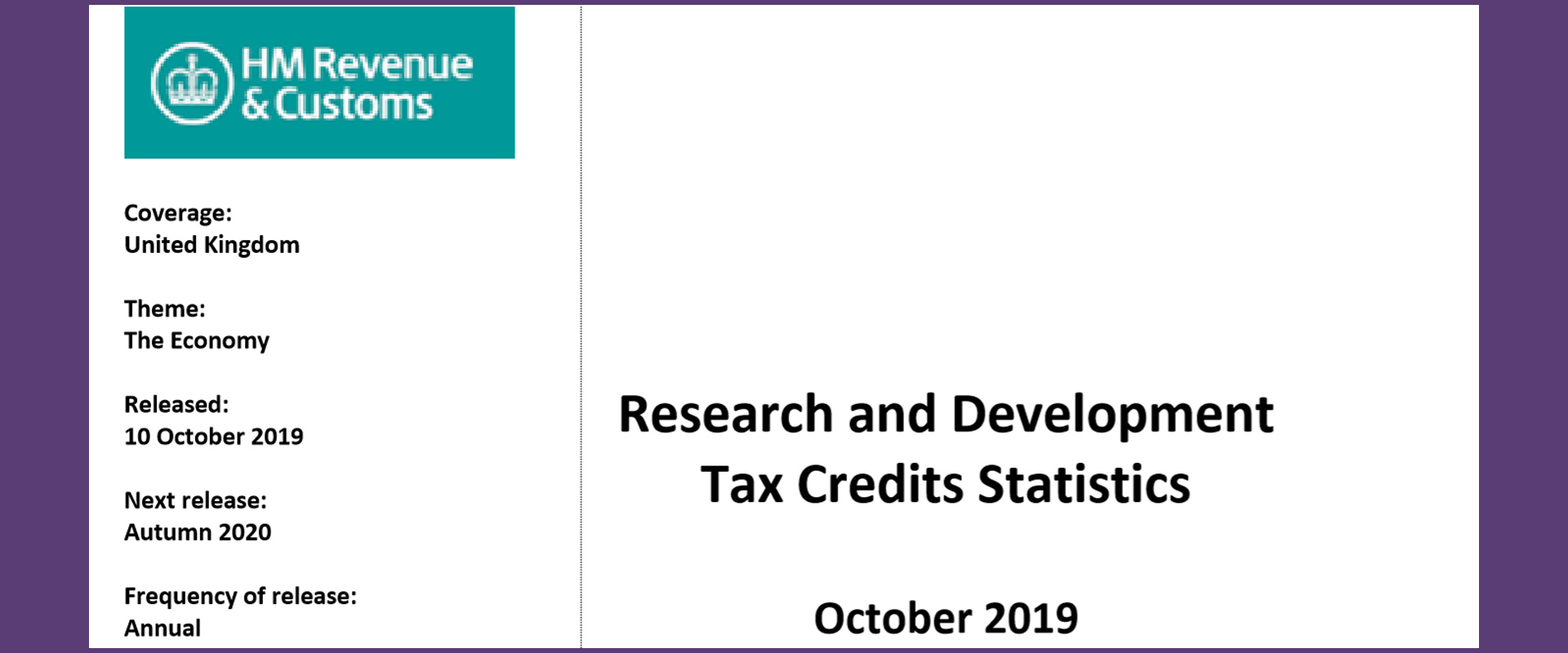MMP look at the latest tax credit statistics published for claims made in 2017 and 2018
Growth of the Research and Development Tax Credit scheme remains strong across companies of all sizes
Total R&D spending by large companies unaffected by slowing engagement

HMRC recently released the Research and Development (R&D) Tax Credit statistics for claims made in 2017-2018 . These statistics show the continuing success of the R&D Tax Credit schemes. Increasing numbers of firms of all sizes are taking part in the scheme, with the average claim sizes increasing at every level. The amount paid out to large companies through the R&D Expenditure Credit (RDEC) continues to show strong growth, as can be seen in figure 1. This is particularly encouraging considering the high levels of uncertainty currently facing the UK due to Brexit. From this data, it appears that large companies, including multinationals, are continuing to prioritise research and development (R&D) spending, seeing it as an essential investment.

Source: Research and Development Tax Credit Statistics 2019, Statistical Reference Tables – RD2
However, further analysis of the data indicates that a point of market saturation may be approaching. This would likely lead to a slowdown of the total amount paid out under RDEC, as the amount paid out under the scheme is a function of both the number of companies engaging with the scheme and the size of their claims. Because 2018 claims are still being filed, 2017 represents the most recent year for which complete data on the RDEC scheme is available, making analysis of this phenomenon somewhat challenging. 2017 saw the rate of increase for large companies engaging in RDEC for the first time start to slow. Figure 2 shows this trend more clearly.

Source: Research and Development Tax Credit Statistics 2019, Statistical Reference Tables – RD8
MMP has anticipated a point of market saturation for a number of years, given that the Large Company scheme has been in existence since 2002 and the change to RDEC. If this slowdown does occur, the number of large companies joining the scheme each year will begin to level off and perhaps fall.
SME interest in the scheme shows no sign of stopping
SMEs continue to make up the vast majority of claims, with 2017 seeing over three times as many SME claims as 2013. Total SME R&D expenditure filed for 2018 so far is just 5% below the total filed in 2017, which indicates that SME R&D expenditure for 2018 is likely to show a significant year on year increase. This increase can be attributed to a number of key factors: the increased uplift to 130% which makes the scheme more generous, increasing knowledge of the scheme in industry, and most importantly the 2012 removal of the £10k lower limit on claims. In 2017, 75% of SME claims were below £50k, demonstrating that increasingly smaller businesses are taking advantage of the scheme.

Source: Research and Development Tax Credit Statistics 2019, Statistical Reference Tables – RD7
If you’d like to know more information about this article, please get in touch or to speak directly and confidentially to a consultant, call us.
David is one of the founding Directors of MMP Tax.
Like what you're reading? Subscribe to our GDPR compliant newsletters
(No Spam! Only what we think is important & interesting)
Related stories
Sign up for our newsletter here.
For a no obligation initial consultation Get in touch.


